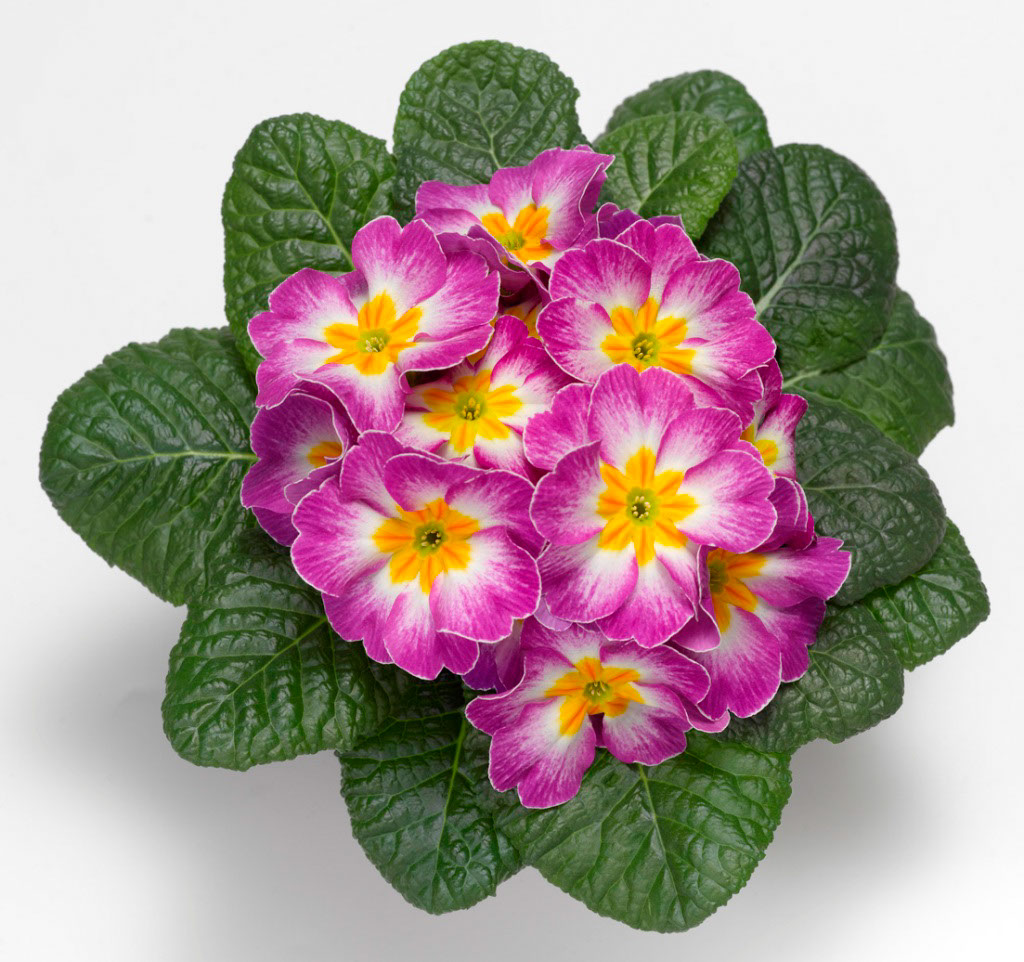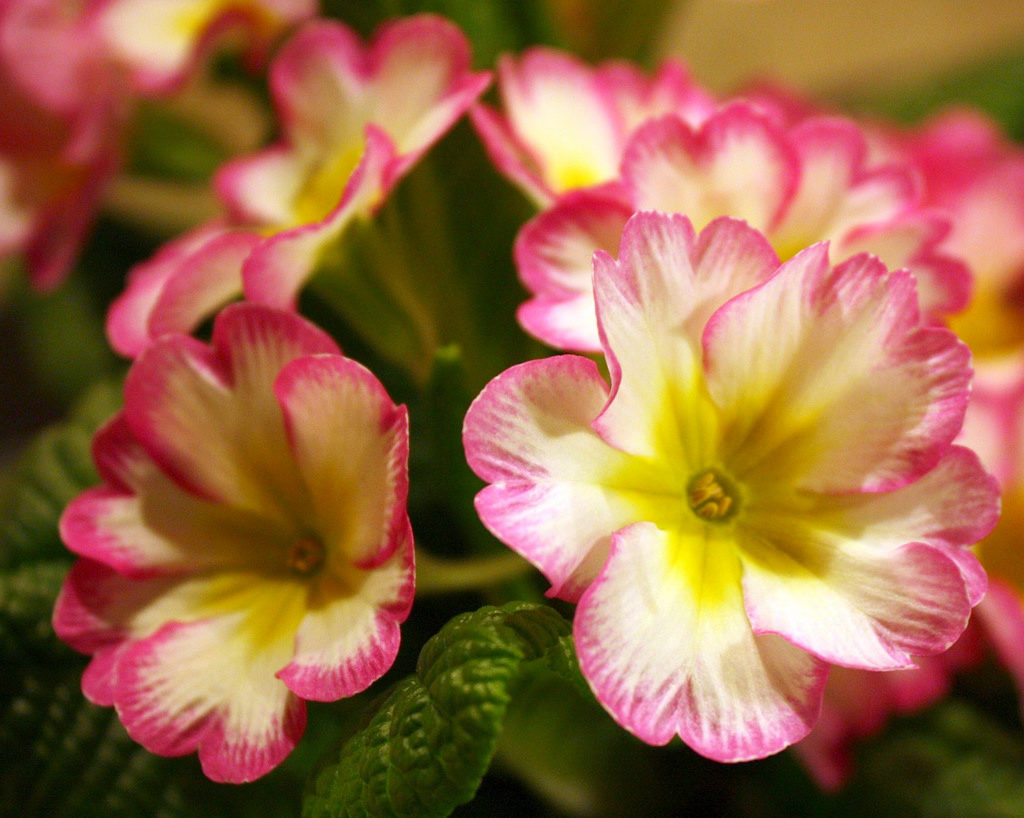Perennial primrose is a garden culture characterized by a variety of beautiful flowers, unpretentious nature and early flowering.
Due to the fact that the plant does not require special care and at the same time has outstanding aesthetic qualities, the primrose has gained immense popularity not only among landscape design specialists, but also among ordinary amateur gardeners. And how many affectionate names the people have invented for this plant - these are keys, and talismans of happiness, and Easter flowers, and lambs.
Perennial primrose flower description
 Primrose, or primrose, belongs to the Primroses family. It's insane beautiful perennial flowerblooming in early spring. In the wild, there are more than 500 species of primrose, common in Asia, America and Europe.
Primrose, or primrose, belongs to the Primroses family. It's insane beautiful perennial flowerblooming in early spring. In the wild, there are more than 500 species of primrose, common in Asia, America and Europe.
There is a plant in forests, mountainous areas and plains on moist, humus-rich soil. Some rare species of primroses are included in the Red Book of the Russian Federation. These include primrose primrose, Julia, Darial, Berengi.
Primrose advantages:
- pleasant aroma;
- early abundant and long flowering;
- variety of shapes and colors;
- winter hardiness;
- fast reproduction;
- decorative foliage (until late autumn).
If you collect different types of primrose in your collection, the flowers will delight with their beauty from early spring to the end of summer. There are varieties that bloom twice a season - in spring and autumn.
Early primroses bloom in spring almost immediately after the snow melts. Duration of flowering - until the end of May. Perennial primroses are used as decorative culture in any flower beds, borders, ridges, on alpine hills.
From their group plantings, a picturesque, very bright carpet is formed. If you want a beautiful garden to appear on your windowsill in March, plant primrose in pots in the fall. Also, the flower is used to decorate flowerpots and containers.
Primrose - planting and care in the open field
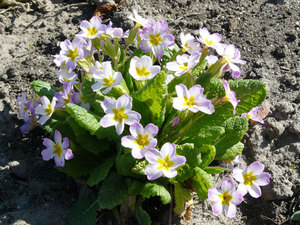 Almost all primroses prefer fertile, humus-rich soils. Although primroses can tolerate direct sunlight and drought, they still grow and thrive best. at moderate humidity in the light partial shade of trees.
Almost all primroses prefer fertile, humus-rich soils. Although primroses can tolerate direct sunlight and drought, they still grow and thrive best. at moderate humidity in the light partial shade of trees.
Although the flower makes some requirements for self-care, however, the plant cannot be called capricious. Moreover, among the variety of varieties, there are completely unpretentious varieties and hybrids... They are not striking in their brightness, but their delicate color is noticeable from any corner of the garden.
For example, this is a large-cup primrose, spring, ordinary. These varieties will grow even in cool and rather humid climates. The soil for planting should be good drained, nutritious and loose.
How primrose reproduces
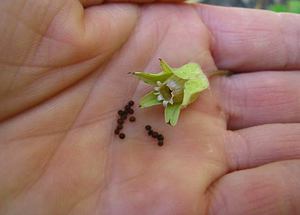 Cuttings. Breeding method root cuttings suitable for most varieties of primrose. First, you need to make a longitudinal incision on top of the spine (up to 1.5 cm) in order for the kidneys to form.
Cuttings. Breeding method root cuttings suitable for most varieties of primrose. First, you need to make a longitudinal incision on top of the spine (up to 1.5 cm) in order for the kidneys to form.
Then plant the cuttings in light, loose soil, to a depth of 2.5-3 cm. Now you only need to provide the traditional flower care.
Seed propagation... This method is considered less effective, since primrose seeds ripening in July-August before sowing (until spring) lose their germination by about 30%.
Therefore, it is better to sow them immediately after ripening in containers or in open ground. When sowing in autumn, seedlings will appear after 2-3 weeks, while in spring the germination of seeds will take much longer (up to 1 month).
If growing a flower is planned in a greenhouse, sowing is carried out in early February. Sprinkle the seeds on the surface of the soil (5 pieces are enough for 1 cm), tamp the soil slightly and cover with foil.
Seed germination can be accelerated by sprinkling snow on the crops for two days. After emergence, the film should be opened slightly. Flowers need to protect from direct sunlight. After 1.5 weeks, the film can be removed completely, but it is very important to keep the soil moist.
Since primrose seedlings grow very slowly, you will have to be patient. In addition, before sowing a primrose, you should familiarize yourself with the characteristics of the variety: some should be germinated in the dark, others in the light.
After the formation of 2-3 true leaves, the seedlings dive or immediately transplanted into open ground... The distance between plants is determined by the size of a particular variety and varies from 10 to 30 cm. It is necessary to calculate so that the rosettes of adult primroses do not touch each other. Young plants bloom 2-3 years after planting.
Dividing the bush - a good way to rejuvenate a plant, otherwise the primrose will begin to weaken and lose the splendor of flowering. The procedure is best carried out at 3-5 years of plant life, when the bushes grow. This should be done immediately after flowering or in August.
First, you need to water the area with the plant, then dig out the bush, and carefully shaking off the roots from the ground, rinse them in water. Using a knife, divide the plant into several parts.
Be sure to leave the resume point! Sprinkle the cut with soil. So that the delenka does not dry out, you need to plant it as soon as possible. In the next 2 weeks, the transplanted plants need regular watering.
Perennial garden primrose care
When caring for a plant, the following rules must be observed:
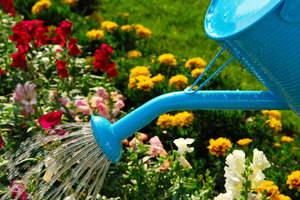 For the winter, the primrose is covered with a layer of dry foliage (10 cm).
For the winter, the primrose is covered with a layer of dry foliage (10 cm).- Compliance with the water regime is a very important aspect. It is necessary to constantly maintain the moisture content of the soil, especially in spring, but at the same time, stagnation of water and moisture on the leaves should not be allowed.
- Top dressing. During the growing season, the plant needs additional nutrition. Ordinary manure is perfect for this.
- Root system protection. The rhizome of the plant, growing, is gradually exposed. To protect it from freezing in the winter and from drying out in the heat, it is necessary to add earth to the bushes in the fall.
- Timely weeding. This will save the primrose from downy mildew and gray mold damage. Damaged specimens should be treated with an appropriate preparation, severely affected ones should be removed.
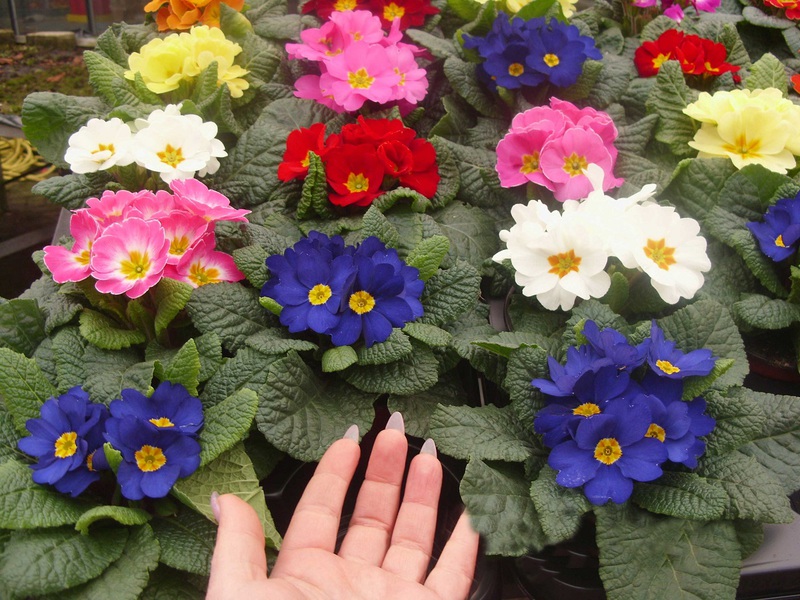
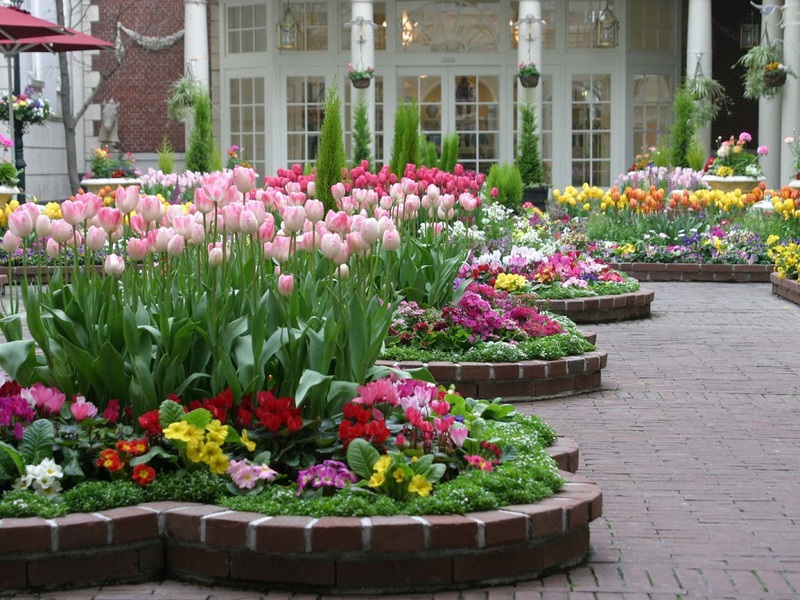
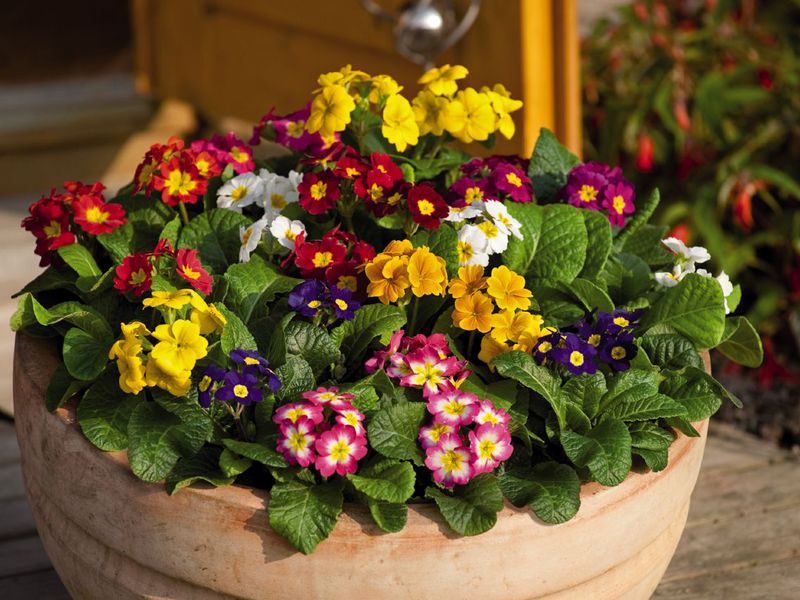
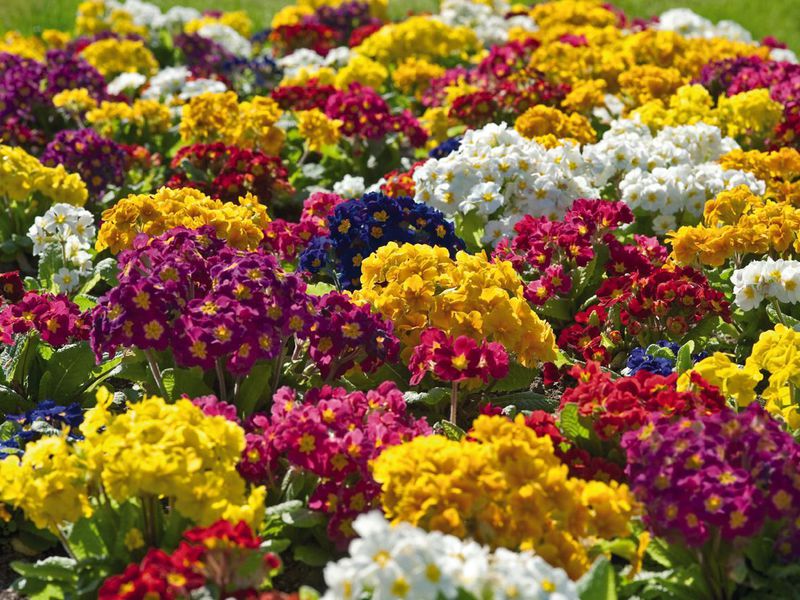
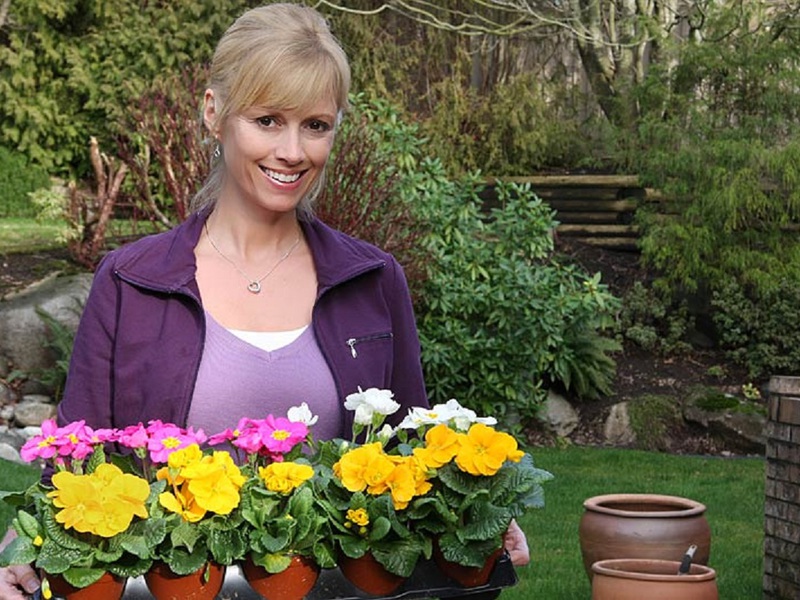
The garden primrose is distinguished by a variety of species. And with a successful combination of different varieties, you will get a magnificent garden blooming from April to August. The plant looks great in a rabat, it can be used for decorating rocky hills and corners, as well as plant colorful bushes on the lawn.
Small artificial reservoirs look gorgeous, near which fragrant Alpine and Sikkim primroses grow. Garden paths, along which a collection of brightly colored plants is placed, will add an unusual flavor to the site.
Tulips, low irises, muscari, spiny phlox, daffodils and soapwort are suitable as primroses' neighbors. Often, primroses are planted in garden containers and flowerpots. to decorate the surrounding area and at home.
Landing options
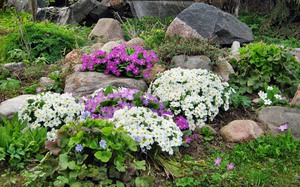 First option... The primrose will look good among sparsely planted peonies, which will pick up the flowering baton from the primrose and hide its unattractive dried foliage.
First option... The primrose will look good among sparsely planted peonies, which will pick up the flowering baton from the primrose and hide its unattractive dried foliage.
Second option... Primroses feel good (especially with abundant moisture during dry periods) next to the snapdragon on the northern side of the alpine hill, where direct sun is only at noon.
Third option... A large amount of snow accumulated over the winter near clematis will "please" primrose very much in spring, so both of these plants complement each other well.
Fourth option... Just next to the sorrel, in the garden, in a bunch.
So that after all the work in planting and caring for the primrose you will not be disappointed, try to first study all the features of a particular species, since the requirements for different varieties can differ significantly.
